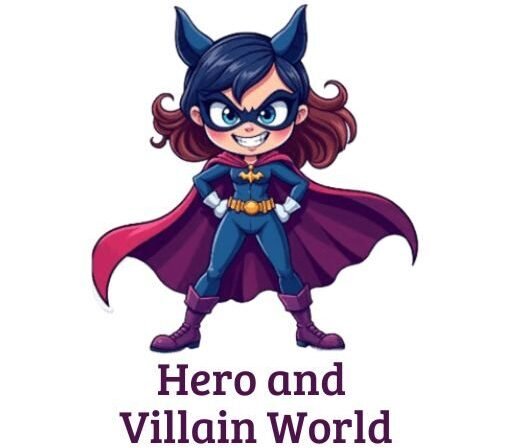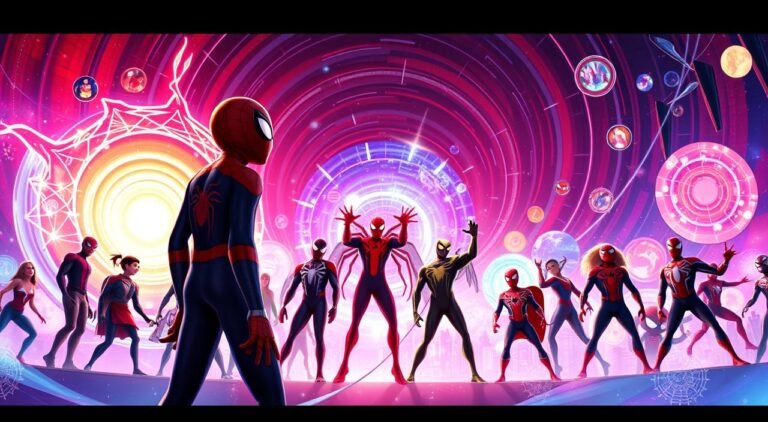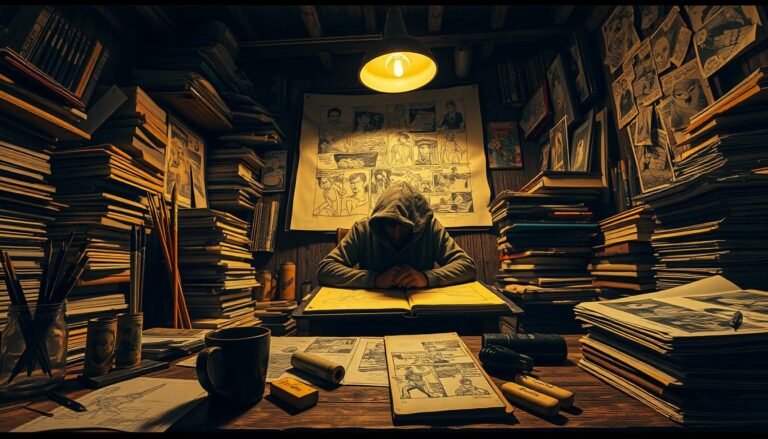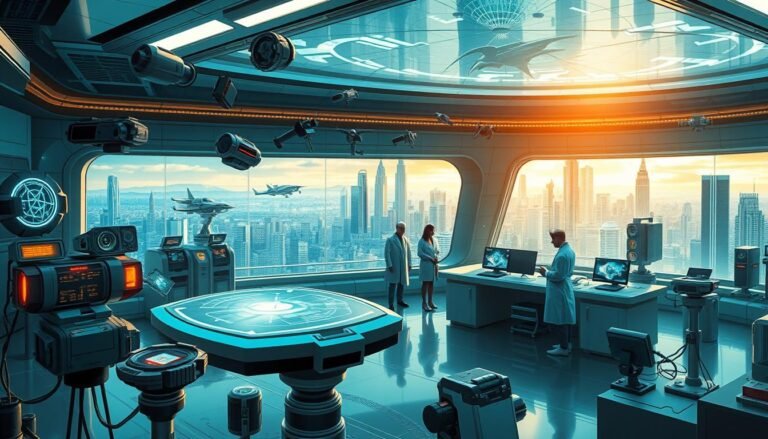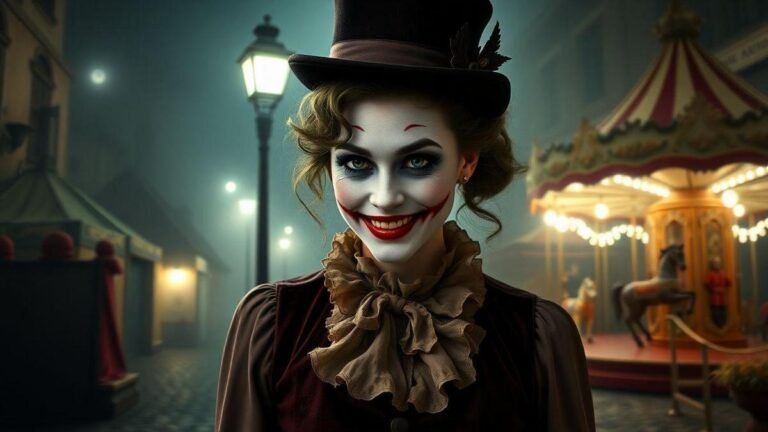Captain America: The Winter Soldier – The Comic That Inspired and Redefined a Hero
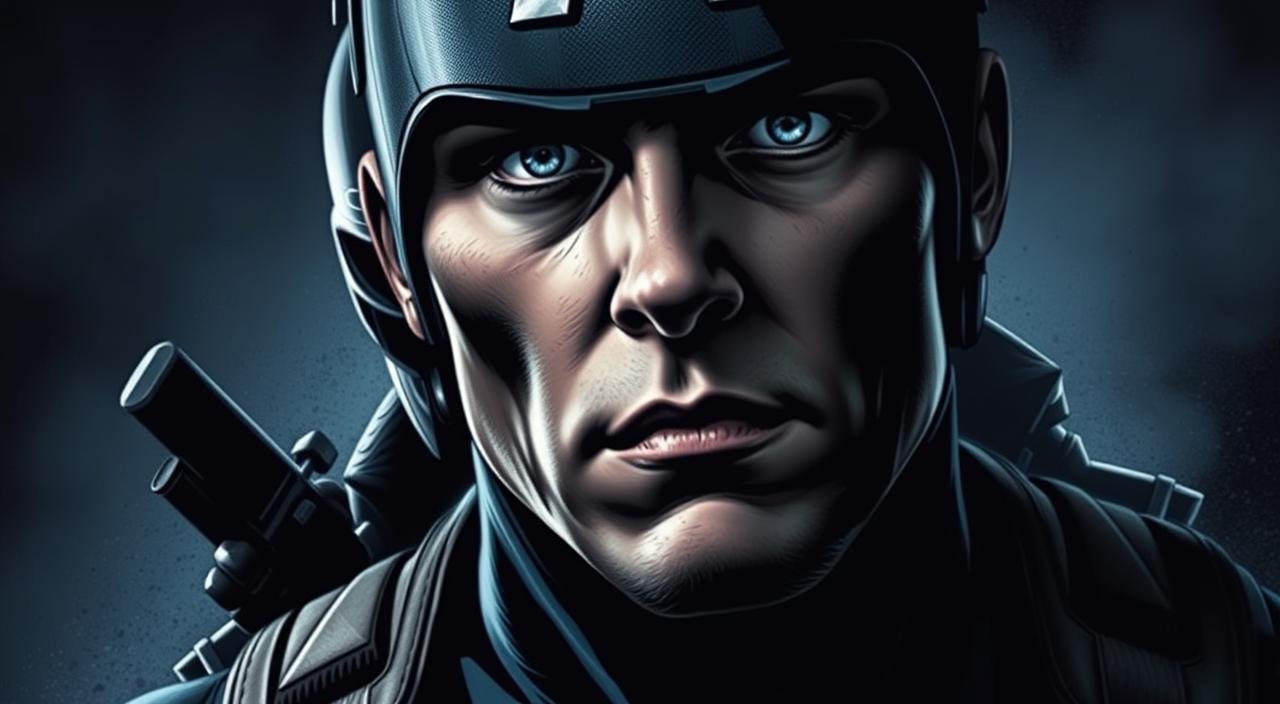
I’ll never forget the first time I read the story that reshaped one of Marvel’s most enduring icons. It wasn’t just about heroic battles or flashy costumes—it dug into the soul of a man out of time.
The comic’s bold twists made me rethink everything I knew about loyalty, identity, and what it means to stand for something bigger.
What fascinates me most is how this narrative mirrored the MCU’s own evolution. Just as Steve Rogers faced moral gray areas in the film, the source material dared to blur lines between friend and foe.
Critics like those at Grantland Network argued the movie’s pacing felt uneven, but to me, that tension mirrored life—messy, urgent, and deeply human.
This isn’t just a tale about superheroes. It’s about how stories adapt across generations. The title alone hints at legacy—how do we honor the past while forging new paths? Blockbusters and comics now feed each other, creating a cultural loop where fans dissect every frame and panel.
Take Steve’s journey: his struggle wasn’t just physical, but existential. That depth transformed him from a symbol into someone we could all see ourselves in. And isn’t that the magic of storytelling?
In the next sections, we’ll unpack how creative risks in print shaped cinematic triumphs—and why some choices still spark heated debates over coffee and convention halls.
Setting the Stage: From Comic Pages to the Marvel Cinematic Universe
Growing up, I found myself drawn to dusty comic book bins at flea markets long before superheroes dominated theaters.
The leap from those ink-stained pages to the marvel cinematic universe felt like watching a childhood daydream explode into reality. Today, stories once confined to niche fandoms shape global culture—but that shift didn’t happen overnight.
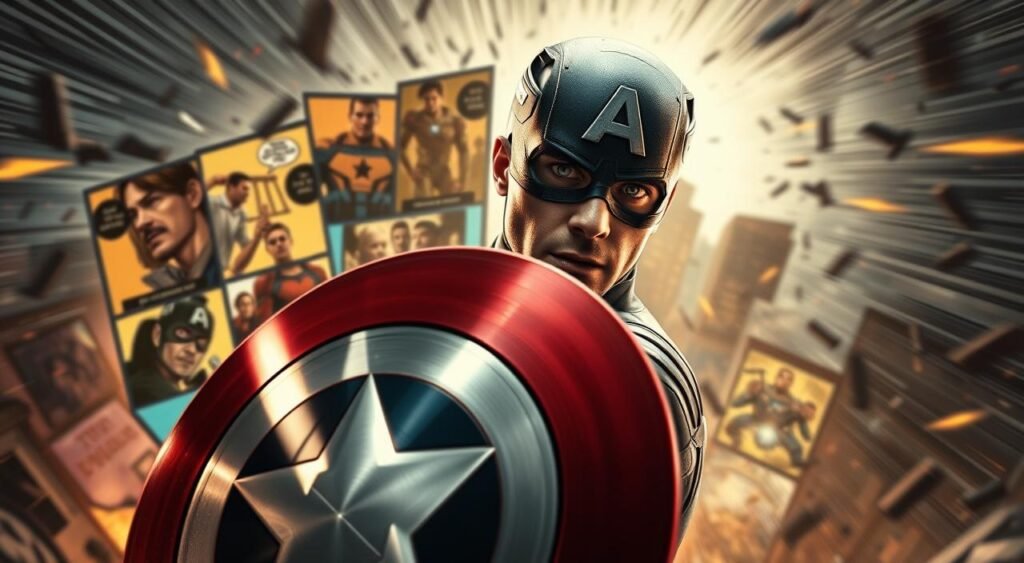
My Personal Journey as a Fan
I’ll always remember the thrill of spotting Easter eggs in early MCU films that only comic books readers would catch.
Seeing Iron Man’s cave escape mirrored the raw energy of his debut issue, while Thor’s Shakespearean grandeur echoed Jack Kirby’s art.
These moments bridged two worlds: the quiet intimacy of reading and the collective gasp of a packed theater.
Nostalgia isn’t just about revisiting the past—it’s seeing characters evolve without losing their essence.
When Loki first smirked onscreen, I felt the same mix of irritation and fascination I’d had flipping through Journey into Mystery as a teen. That’s the magic: stories grow, but their heart remains.
Cultural Reception of Comic Book Movies
Critics once dismissed superhero films as childish, but the cinematic universe model changed everything.
Interconnected plots and post-credit scenes turned casual viewers into detectives, dissecting every frame. Suddenly, discussing Thanos’ motives felt as normal as debating last night’s football game.
| Aspect | Comic Books | MCU Films |
|---|---|---|
| Storytelling Depth | Multi-issue arcs | Phase-long narratives |
| Character Development | Decades of history | Condensed growth |
| Cultural Impact | Niche fanbase | Global phenomenon |
This evolution mirrors how fans engage with stories. We’re no longer just consumers—we’re part of the narrative, theorizing about multiverses and debating casting choices.
The same passion that fueled comic shop debates now trends worldwide within minutes.
As the universe expanded, so did its reflection of our world. Complex themes like accountability and identity, once explored through thought bubbles, now play out in IMAX.
It’s this blend of spectacle and substance that makes the journey from panel to screen so revolutionary—and sets the stage for stories that redefine heroes.
Exploring the captain america winter soldier comic impact
What makes a hero’s journey unforgettable? Sometimes it’s the audacity to rewrite history. Ed Brubaker’s decision to resurrect Bucky Barnes—long considered permanently lost—as the Winter Soldier wasn’t just bold. It redefined how comics tackle legacy.
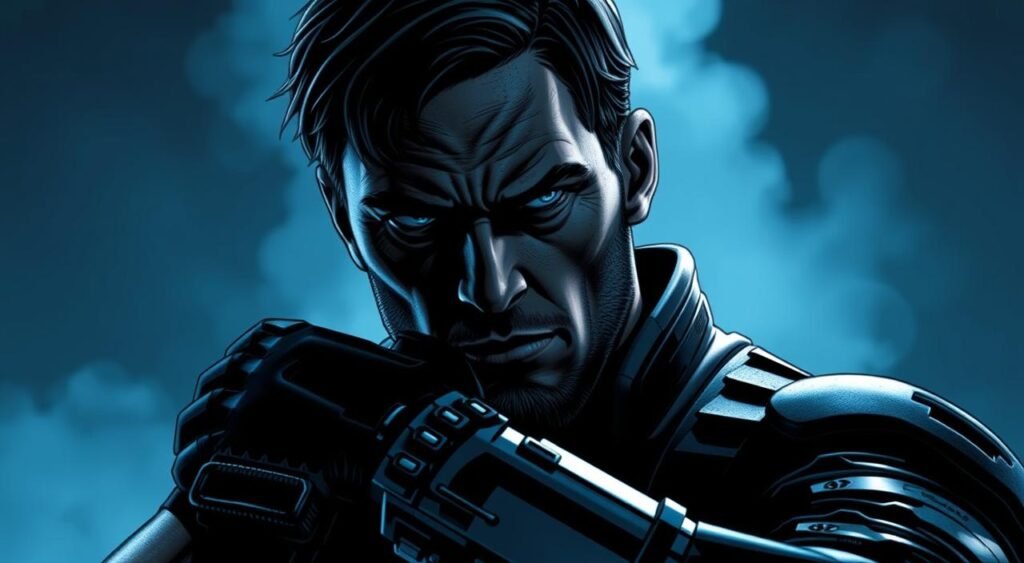
The Sidekick Who Became a Symbol
I still remember the gut-punch moment when Bucky’s new identity was revealed. Here was a trusted ally, reborn as a shadowy operative.
The twist forced readers—and Steve Rogers—to confront uncomfortable truths about loyalty and redemption.
Brubaker’s team used visual storytelling to amplify the shock. Early covers hinted at Bucky’s return through fractured reflections and Soviet-starred armaments.
Interior art gradually shifted from bright wartime hues to colder, jagged lines—mirroring his fractured psyche.
Artistic Risks That Rewrote Rules
This story didn’t just break molds—it shattered them. By retconning a “dead” character, the creative team gambled with fan nostalgia. But the payoff was immense. As Brubaker once noted:
“True evolution requires respecting the past while daring to reinterpret it.”
The narrative structure itself became a metaphor. Flashbacks intertwined with present-day espionage, challenging readers to piece together Bucky’s fractured history. This approach later inspired filmmakers to layer mystery into the Captain America film trilogy.
What began as a risky comic run became a masterclass in reinvention. It proved that even iconic characters can evolve—if creators have the courage to ask, “What if?”
The Illusion of Change: Balancing Story and Continuity in Comics
I once spent hours debating with friends about whether a favorite hero’s new direction felt authentic or forced. That’s when I stumbled on Marvel’s “illusion of change” philosophy—a delicate dance between progress and permanence that defines modern storytelling.
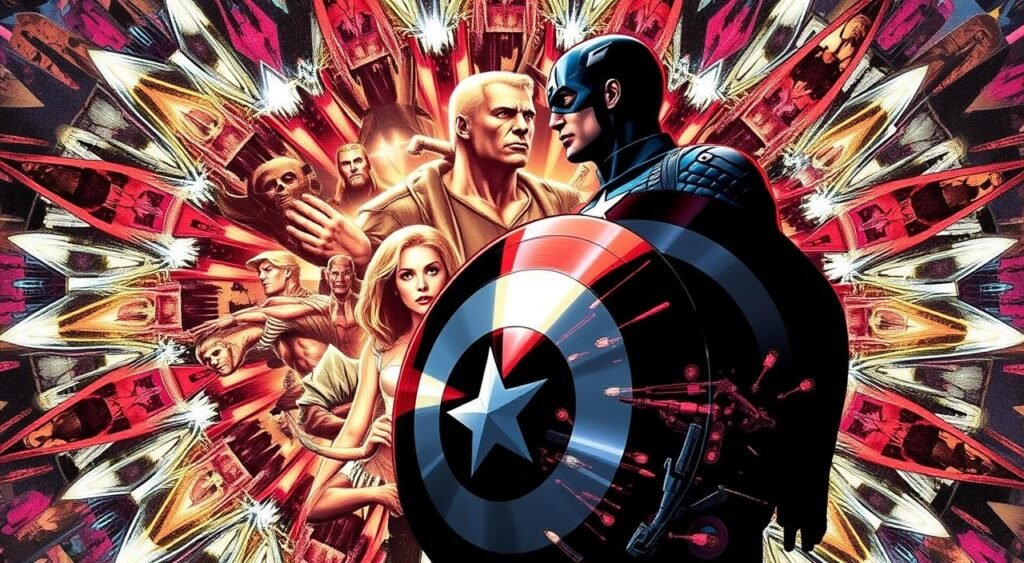
Understanding Marvel’s “Illusion of Change”
Marvel excels at making characters feel dynamic while keeping their core intact. Former editor-in-chief Joe Quesada championed this approach, arguing that audiences crave evolution without losing what makes heroes timeless.
Take Bucky Barnes: his shift from sidekick to the Winter Soldier seemed radical, yet his loyalty to Steve Rogers remained central.
Retcons—retroactive continuity tweaks—are key tools here. When writers revealed Bucky survived WWII, it reshaped decades of Captain America lore.
But by grounding his trauma in established history, the change felt earned rather than disruptive.
This balancing act creates tension. Editors must honor legacy while pushing boundaries. A story might introduce new villains or alliances, but the hero’s moral compass stays fixed.
It’s like repainting a classic car: the exterior modernizes, but the engine beneath stays true.
Even well-crafted shifts risk feeling hollow if execution falters. When Steve Rogers briefly embraced a darker persona, fans questioned if it aligned with his values.
The comics course-corrected, proving that lasting impact requires more than shock value—it demands respect for the journey.
Comic Influences and Real-World Dynamics in Film
Adapting a beloved comic arc for the screen is like walking a tightrope between fan expectations and fresh storytelling.
The Marvel Cinematic Universe masters this balance by honoring source material while reshaping it for broader audiences.
I’ve always marveled at how writers distill decades of comic book history into two-hour narratives without losing their soul.
Adapting Classic Storylines for Modern Cinema
Take Bucky Barnes’ transformation. His journey from brainwashed assassin to conflicted ally required condensing years of comics development.
Screenwriters worked closely with Ed Brubaker, whose original run laid the groundwork. “You can’t just photocopy panels,” he told me once. “Films need their own heartbeat.”
Challenges abound. The iconic elevator fight scene—a tense, claustrophobic action sequence—mirrors the comic book’s choreography but amplifies stakes through cinematic pacing. Moments like these prove adaptation isn’t translation—it’s reinvention.
Interplay Between Comics and the Marvel Cinematic Universe
Nick Fury’s expanded role showcases this symbiosis. His tactical genius in movies borrows from multiple eras of print, creating a composite character that feels both new and familiar.
Meanwhile, post-credit teases and shared universe threads turn casual viewers into comic-curious explorers.
The result? A feedback loop where film innovations inspire future comics. When Steve Rogers’ shield cracks onscreen, it echoes through graphic novels months later.
This dance between mediums keeps stories alive across generations—and makes every movie ticket feel like part of something bigger.
Reflecting on the Evolution of Captain America’s Legacy
At a recent convention, I watched cosplayers debate Steve Rogers’ most defining moments—proof that his journey transcends pages and screens.
The character’s growth from star-spangled idealist to nuanced leader mirrors our own societal shifts, creating a connection that feels personal to millions.

When Fandom Shapes Mythology
Memorable comic arcs like Bucky’s return as the Winter Soldier didn’t just shock readers—they sparked global conversations.
I’ve seen forums light up with theories dissecting Steve’s choice to abandon his shield, proving stories evolve through collective interpretation.
| Story Arc | Fan Reaction | Cultural Ripple |
|---|---|---|
| Bucky’s Resurrection | Split (Hope vs. Skepticism) | #NotMyBucky trends |
| Hydra Twist | Outrage & Debate | Thinkpiece explosion |
| Passing the Shield | Emotional Acceptance | Fan art tributes |
Shows like Agents of SHIELD bridged gaps between mediums, rewarding loyalists with Easter eggs while grounding fantastical elements.
This interplay keeps legacies alive—I’ve lost count of how many friends joined comics communities after movie twists left them curious.
Yet change remains double-edged. When Steve’s values clashed with modern politics, longtime readers debated if it honored his roots or diluted them.
Through it all, one thing endures: stories unite us. Whether analyzing panel details or cheering theater reveals, we’re all part of the shield’s enduring legacy.
- 6-INCH-SCALE WINTER SOLDIER FIGURE: Fans, collectors, and kids alike can enjoy this 6-inch-scale Winter Soldier figure, …
- MARVEL ENTERTAINMENT-INSPIRED DESIGN: Winter Soldier figure features premium design, detail, and articulation for posing…
- PREMIUM ARTICULATION AND DETAILING: This quality 6-inch Legends Series Winter Soldier figure features multiple points of…
Challenges and Controversies in Modern Comic Storytelling
When Marvel decided to bring back Bucky Barnes, the fanbase erupted into a storm of opinions. Reviving “dead” characters always risks alienating purists while thrilling new readers.
This tension defines modern comics—a battleground where tradition clashes with innovation.
Fan Reactions and Editorial Choices
I’ve seen forums split overnight after major reveals. Bucky’s return as the Winter Soldier sparked memes, petitions, and fiery Twitter threads. Some praised the fresh story potential, while others called it a cheap ploy for shock value.
Editors walk a razor’s edge. One Marvel creative director told me:
“Every retcon is a promise—break it, and you break trust.”
| Fan Expectations | Editorial Risks | Outcome Examples |
|---|---|---|
| Loyalty to source material | Alienating long-time readers | #NotMyBucky backlash |
| Demand for innovation | Overcomplicating timelines | Praise for nuanced Hydra twist |
| Nostalgia for classic arcs | Stagnant sales | Surge in new readers post-movie |
The High Stakes of Reviving Iconic Characters
Resurrecting figures like Bucky Barnes isn’t just about action—it reshapes entire universes. His brainwashed assassin arc forced Steve Rogers to confront hard truths, deepening their bond but dividing audiences.
Modern Marvel Comics face a unique problem: how to honor 80-year legacies while staying relevant. The solution? Balance.
When Captain America temporarily embraced darker themes, writers quickly reaffirmed his core values after fan pushback.
Love it or hate it, this dance between risk and reverence keeps comic books alive. As screens and pages continue influencing each other, one thing’s clear: storytelling evolves fastest when creators and fans debate the next move together.
Conclusion
Reflecting on this journey, I’m struck by how stories shape our collective imagination. The bold decision to reimagine Bucky Barnes as a haunted operative didn’t just redefine a character—it reshaped the Marvel Cinematic Universe.
His arc, from sidekick to complex antihero, proves that risks in print can ripple through movies and culture alike.
My own fandom transformed as I witnessed these narratives evolve. What began as ink on paper became a living dialogue between readers and creators.
Shows like Agents of SHIELD and performances like Sebastian Stan’s bridged mediums, turning passive viewers into active participants.
This interconnected universe thrives because of fans who dissect every twist. Whether debating Hydra’s infiltration or Bucky’s redemption, we’re all part of the story’s heartbeat.
It’s a reminder that legacy isn’t static—it’s built through choices that challenge and inspire.
So here’s to the dreamers who dare to ask, “What’s next?” Your theories, fan art, and midnight tweetstorms keep these worlds alive.
Drop your thoughts below—let’s keep the conversation soaring. And to the creators: thanks for proving that even icons can evolve, one brave page—or frame—at a time.
FAQ
Q: How did Ed Brubaker’s run redefine Bucky Barnes’ role in Marvel Comics?
A: I’ve always loved how Brubaker transformed Bucky from a forgotten sidekick into a layered antihero. By weaving Cold War espionage and personal trauma into his story, he gave the character emotional depth that resonated with readers and later inspired Sebastian Stan’s portrayal in the MCU.
Q: Why is balancing continuity and new stories such a challenge for Marvel?
A: From my perspective, Marvel’s “illusion of change” philosophy means keeping core traits of heroes like Steve Rogers intact while letting their worlds evolve. It’s tricky because fans want fresh stakes without losing the heart of what makes these characters timeless.
Q: How did the Winter Soldier storyline influence the tone of the MCU?
A: The comic’s gritty spy-thriller vibe pushed films like The Winter Soldier to explore political distrust and moral gray areas. Nick Fury’s arc in the movie, for example, mirrors the comic’s focus on institutions like S.H.I.E.L.D. being compromised—a shift from typical superhero action.
Q: What risks come with reviving iconic characters like Bucky Barnes?
A: Bringing back fan favorites risks backlash if their development feels forced. However, when done right—like Bucky’s redemption arc—it can deepen the lore. Sebastian Stan’s performance added nuance, proving that legacy characters can thrive with thoughtful writing.
Q: How do comic book movies impact fan culture today?
A: Movies and shows like Agents of S.H.I.E.L.D. have turned casual viewers into dedicated fans. I’ve seen how these adaptations spark debates, cosplay trends, and even renewed interest in classic comic runs—bridging generations of readers and audiences.
Q: Why are classic comic storylines still relevant in modern cinema?
A: Timeless themes like identity and loyalty—core to Steve Rogers’ journey—translate across decades. By updating settings (like swapping WWII for modern geopolitics), filmmakers honor the source material while making it accessible to new audiences.
